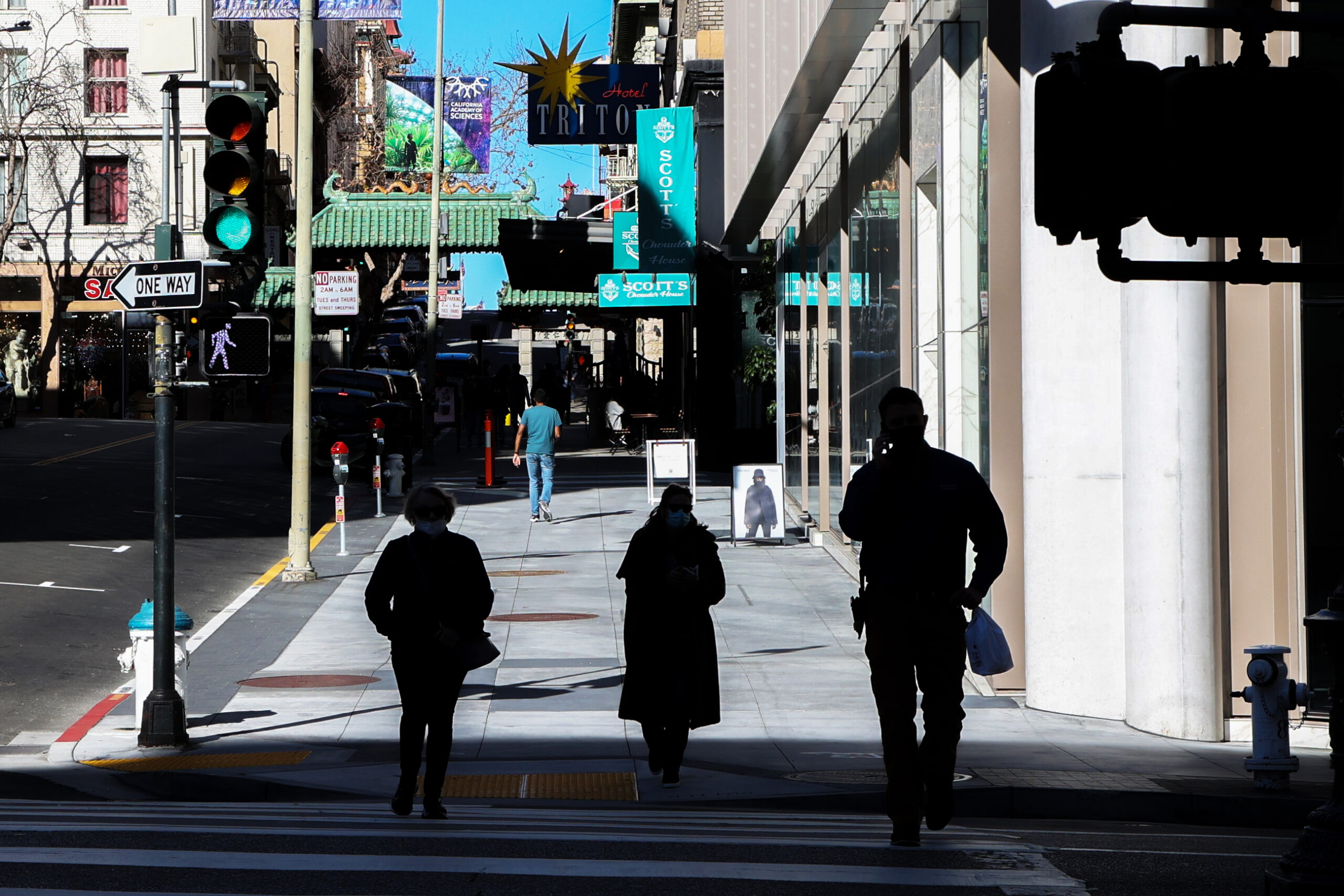Over the last few weeks, it’s likely that a series of Tweets, texts, emails and calls have relayed the increasingly common news about a positive Covid test of a co-worker, friend or family member. Perhaps even you have tested positive.
The evidence is not just anecdotal. According to state data, San Francisco ranks among the top counties in California when it comes to new Covid cases adjusted by population. SF’s rate of 53 per 100,000 people is second in the state, behind only Del Norte County, and around double the number seen at the beginning of the month.
Rising case counts are a reminder that the pandemic is far from over as is the grim milestone of one million Covid deaths in the U.S.
Based on CDC genomic surveillance data, this most recent surge is being driven in part by a new subtype of the Omicron variant known as BA.2.12.1, which has become the predominant strain of Covid in the country.
Research suggests that BA.2.12.1 could be around 25% more infectious than the BA.2 strain, which was already marked at 30% more infectious than the original Omicron variant. Fortunately, it hasn’t been shown to be any more likely to cause severe illness than prior iterations of Omicron.
However, what has been demonstrated is the ability of these emergent strains to evade immune defenses. That means that people who were infected with the original Omicron strain, for example, can be reinfected with the new variations of the virus.
While there are many unknowns about how the pandemic will continue to evolve, including the emergence of an entirely new variant of the disease, experts are using the lived experience of the pandemic to help prepare for what comes next.
“There’s an old saying: The man plans and God laughs. We have no idea what we have awaiting us in July, much less the fall, much less the winter,” said Dr. John Swartzberg, an infectious disease expert at UC Berkeley. “But that doesn’t mean we don’t need to plan and take advantage of where we are to do so.”
Swartzberg said in the past two years there’s been an observed surge in the summer, as well as in the fall and winter. These patterns have led him to conclude that Covid is behaving much like its coronavirus brethren: the common cold.
Early hopes that the pandemic was becoming an endemic disease with a consistently low level of the virus circulating have not yet been borne out, according to Dr. George Rutherford, a UCSF infectious disease expert.
“This is not just an endemic disease yet, we’re in the midst of a surge and we need to be realistic about where we are,” Rutherford said. “The bottom line is as long as a large part of the population remains nonimmune we’re going to continue to see outbreaks.”
Rutherford who advises the state on their Covid response said planning for two annual surges makes sense based on the prior trajectory of the pandemic and considering the four to six month period after which immunity starts to wane.
With the prospects of major policy interventions unlikely in the current environment, Rutherford said what’s necessary is for individuals to take control of their own protection with a mind toward “enlightened self-interest.”
“We have good antiviral drugs, good vaccines and social policy around masking and distancing,” Rutherford said. “But people are largely going to have to take it on themselves.
